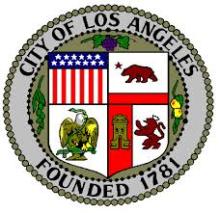Dublin, Georgia: Offering Connectivity to Businesses, Schools, Government Since 1999
Dublin, home to 16,000 people, is also home to a network that snakes through the city and parts of Laurens County. In addition to a natural gas utility that serves the region, the city provides connectivity to two area school districts and local businesses. We contacted Guy Mullis, IT Director for the City of Dublin.
The fiber optic network was installed in 1999 to provide connectivity for the two separate school systems in the community, Laurens County Schools and Dublin City Schools. The school districts needed better connectivity because dial-up was the only option at the time. The school districts could not afford the cost of installing their own fiber networks.
The City used its own funds to construct a network that is 85% aerial. Mullis was not an employee of the City at the time, but he estimates the network cost approximately $1.5 - $2 million. He also believes the funds were a combination of capital improvement funds and economic development funds. From the start, the plan has been to serve the schools but also to provide connectivity to spur economic development.
Eight city school facilities and six county school facilities use the network today for connections between buildings. Dublin City Schools have 10 Gbps speeds between facilities; Laurens County Schools have equipment in place for 1 Gbps connections between schools. Both school districts use the Georgia Technology Authority for Internet access.
Once the network was in place, AT&T and Charter Communications began building in Dublin. Mullis says he does not believe AT&T and Charter would have invested in Dublin in 2000 if not for the presence of the community network. He notes that AT&T begin installing DSL in areas of town within a year of the fiber network deployment.



